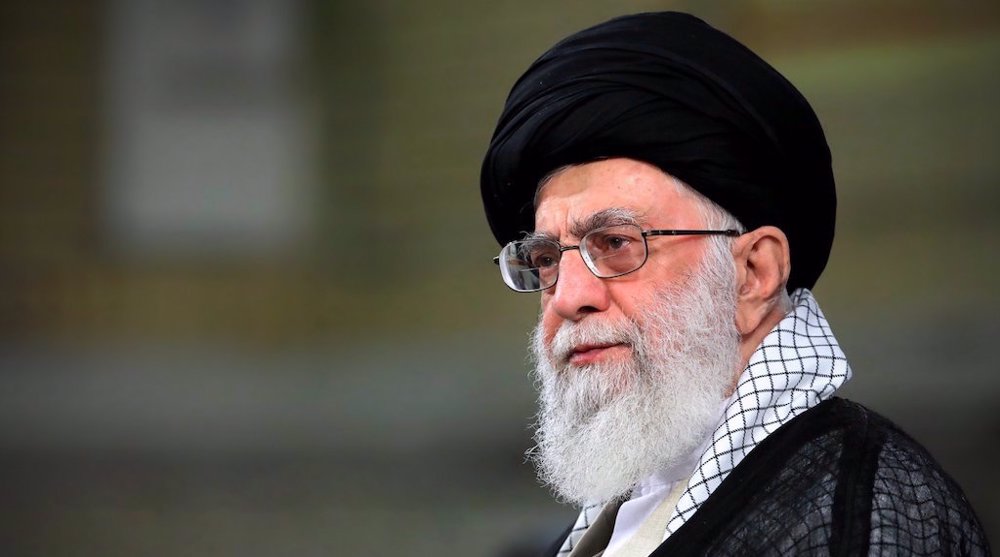IRGC says its missiles struck ‘sources of Israeli aggression’ in retaliatory operation
In its latest update, the Islamic Revolution Guards Corps (IRGC) provided further details on the Islamic Republic’s retaliatory operation against the occupied Palestinian territories, launched in response to early Friday morning Israeli aggression.
In a new statement early Saturday, the IRGC said the response, codenamed Operation True Promise III, involved the aerospace division firing a wave of missiles and deploying armed drones against “strategic” Israeli targets.
The operation, the statement noted, used a “combination of precision and smart weapon systems,” specifically targeting the Israeli military centers and airbases from which the regime had initiated its “criminal aggression.”
The target list also included Israeli military-industrial centers used by the regime to manufacture missiles and other military hardware intended for “committing crimes against the region’s resisting nations, including the oppressed Palestinian people,” the statement read.
In addition, projectiles and drones were launched at other military sites, the IRGC noted.
Countering enemy misinformation
“Field reports, satellite imagery, and intercepted intelligence indicate that dozens of ballistic missiles have effectively struck strategic targets,” the IRGC statement noted.
Meanwhile, the force rejected the regime’s claims of intercepting the incoming fire, asserting that “the enemy failed to counter the waves of missile strikes launched by the Islamic Republic.”
It emphasized that the retaliation was carried out in fulfillment of a promise by the Leader of the Islamic Revolution, Ayatollah Seyyed Ali Khamenei, to avenge the blood of the victims of Israeli aggression.
The reprisal also came in response to the Iranian nation’s demands for “avenging the pure blood that has been spilled.”
‘Iran’s security redline’
The IRGC finally described the retaliation as a “powerful and offensive” response, and asserted that the country’s security was the Armed Forces’ “red line.”
The Israeli aggression that had targeted various cities throughout Iran, including the capital Tehran, involved a series of attacks, including precision strikes aimed at assassinations, which resulted in the martyrdom of Major General Hossein Salami, the IRGC’s former chief commander.
Among the other victims were Brigadier General Amir Ali Hajizadeh, former head of the IRGC’s Aerospace Division; Major General Mohammad Bagheri, former chief of staff of Iran’s Armed Forces; and Major General Gholam-Ali Rashid, former commander of the country’s Khatam al-Anbiya Central Headquarters.
The atrocities also claimed the lives of veteran nuclear scientists Mohammad-Mehdi Tehranchi, Fereydoun Abbasi, and Dr. Abdol-Hamid Minoucher, along with other Iranian civilians, including children.
Azerbaijan says its territory will not be used for strikes against Iran
VIDEO | Kashmir stands in solidarity with Iran
Profiles: Prominent Iranian nuclear scientists assassinated in latest Israeli aggression
Ayatollah Khamenei pardons, commutes sentences of over 1,700 prisoners
Pakistan expresses support for Iran, urges Muslim unity against Israel
Iran shoots down another Israeli F-35 fighter jet: Army
Iran says continuation of talks with US amid Israel’s savagery ‘unjustifiable’
Iran yet to decide on 6th round of talks after Israel’s US-coordinated attack: FM spox














 This makes it easy to access the Press TV website
This makes it easy to access the Press TV website